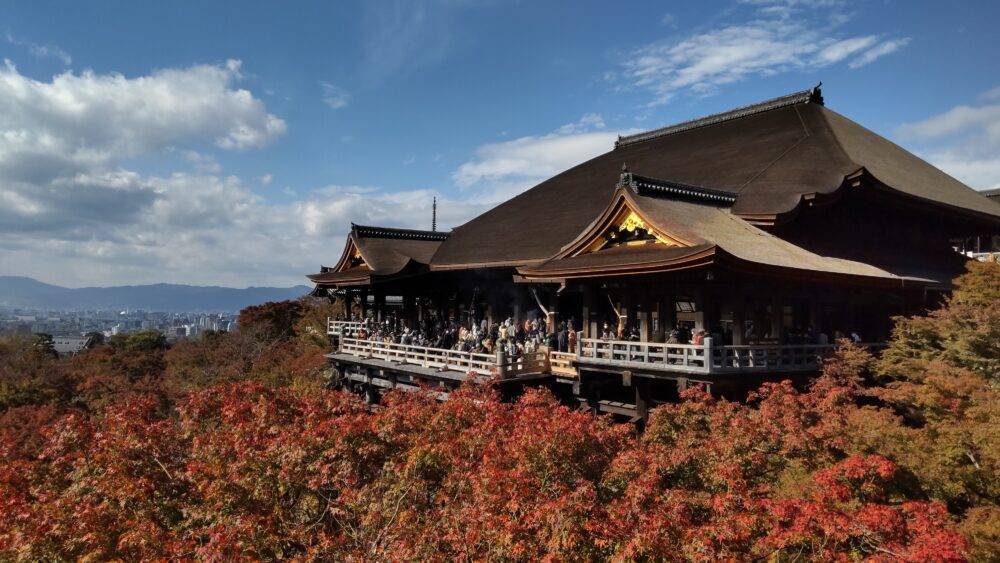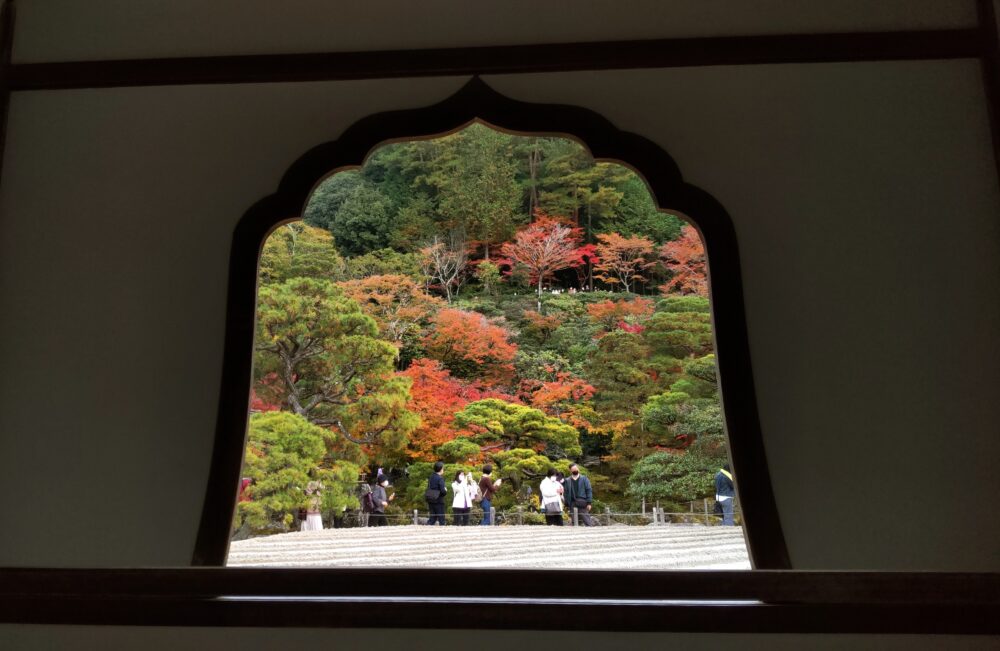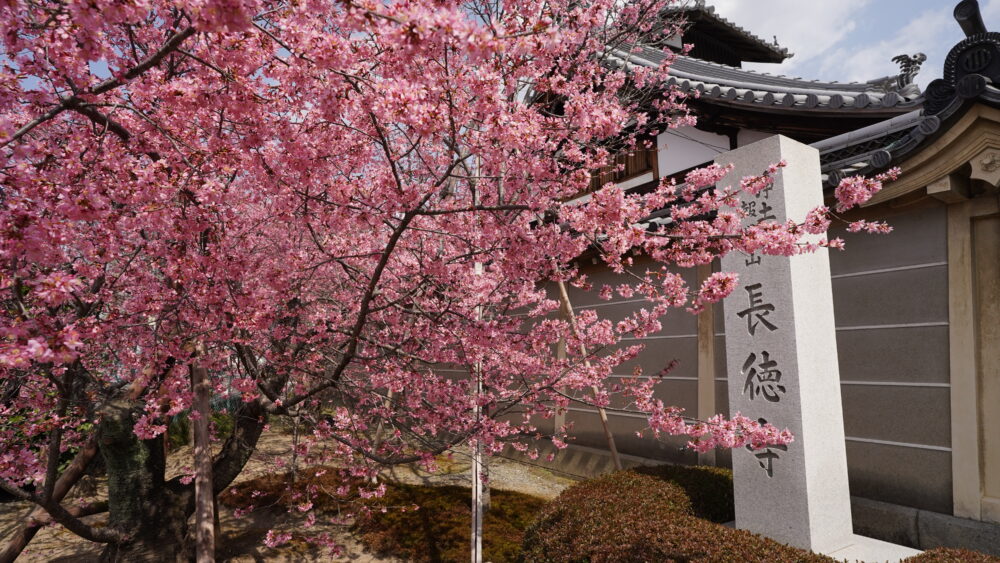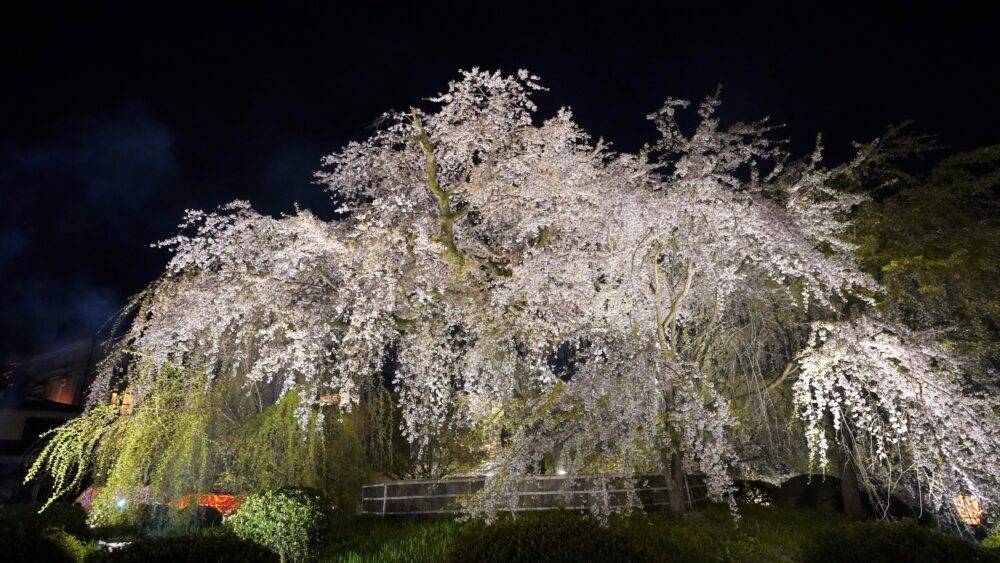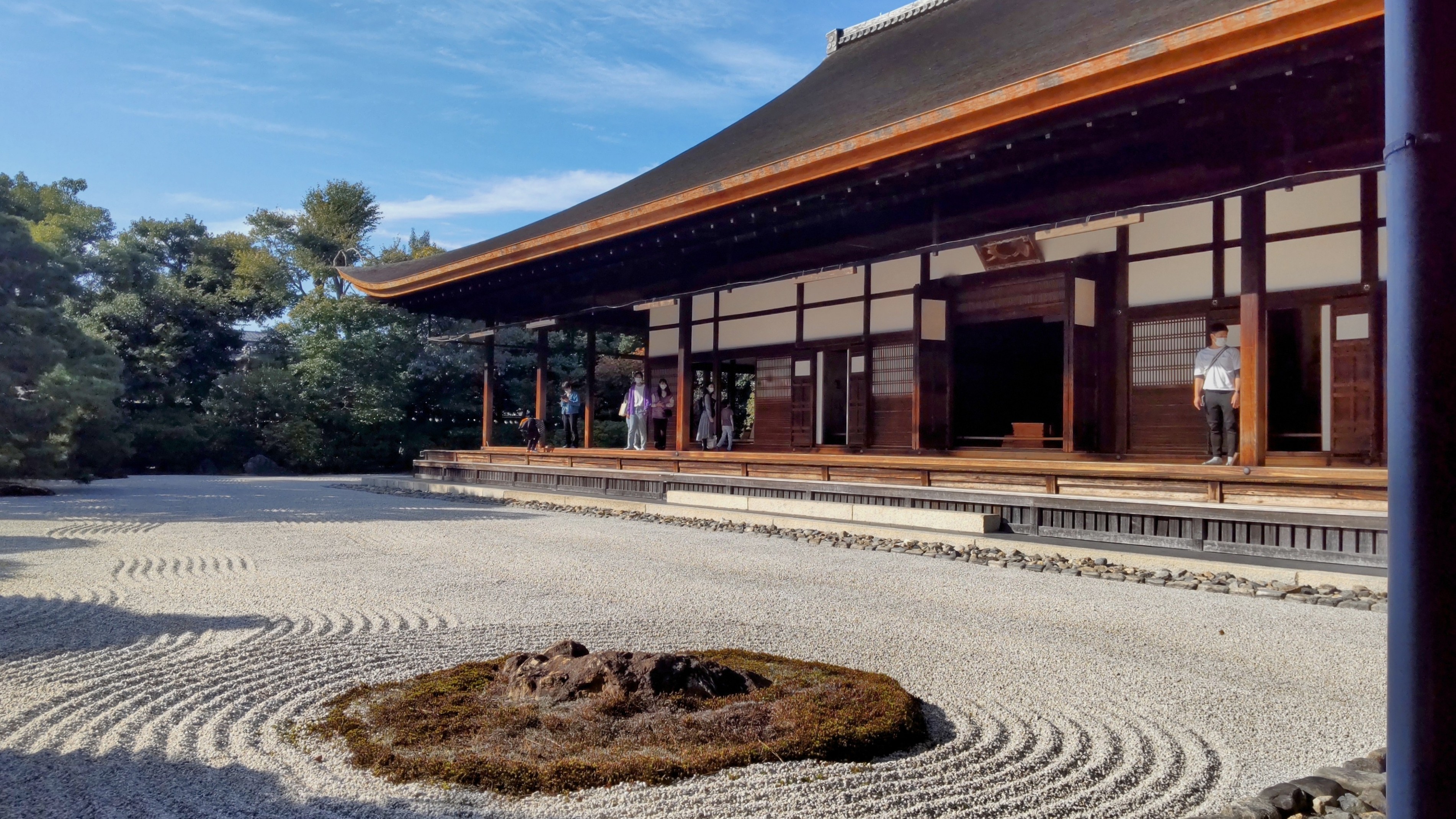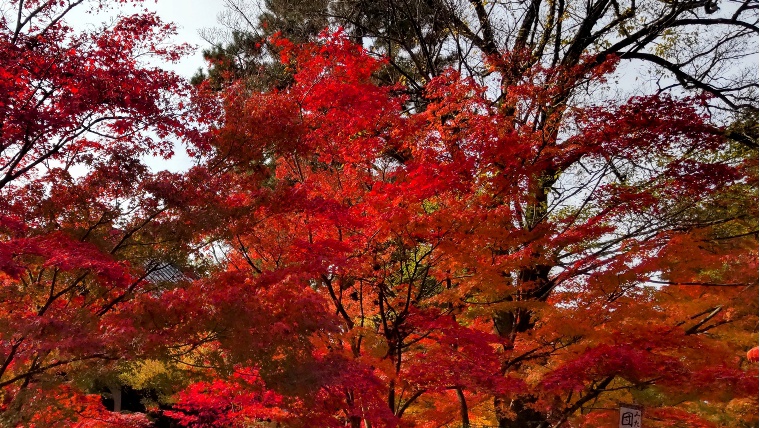Nijo-jo Castle | Kyoto’s Majestic World Heritage Site
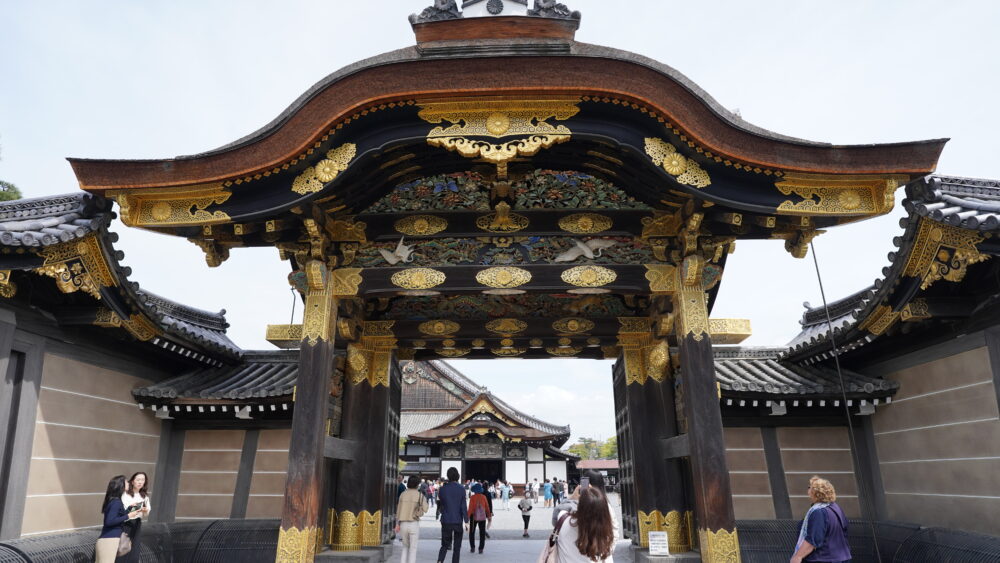
There are numerous tourist attractions in Kyoto, but one of the most representative is Nijo-jo Castle, which welcomes over 2 million visitors each year. This castle, registered on world heritage list, stand on a vast land area of 32889yd2(275,000㎡), measuring approximately 656yd(600m) east to west and 437yd(400m) north to south.
Here is the information for a deeper understanding of Nijo-jo Castle, the iconic symbol of Kyoto.
History
The Nijo Castle in Kyoto was originally built in 1603 by Tokugawa Ieyasu, the first shogun of the Edo shogunate, to serve as a residence during his visits to Kyoto and to guard the Kyoto Imperial Palace, where the Emperor resided. The castle was expanded starting in 1624 for the Emperor to go out, known as “Gyoko.”
In September 1626, the second Shogun, Tokugawa Hidetada, and the third Shogun, Tokugawa Iemitsu, invited Emperor Go-Mizunoo to Nijo Castle. During the Emperor’s visit, a variety of cultural activities, including Noh performances and Waka poetry, were held over a period of five days. The Gyoko-den, a residence built specifically for the Emperor’s visit at Nijo Castle, was later relocated.
Throughout its history of over 400 years, Nijo-jo Castle has sustained damage from natural disasters and fires. In 1750, the five story castle tower was destroyed by a lightning. In 1788, the Honmaru Palace was destroyed in the largest fire in Kyoto’s history. The Katsura Imperial Villa, located northeast of the Kyoto Imperial Palace, was relocated to the Honmaru (main circle of defense) of Nijo Castle, and it was established as the new Honmaru Palace in 1983.
the Nijo-jo castle was registered as a UNESCO World Heritage Site in 1994, due to the numerous remaining structures that showcase the luxurious Momoyama culture, and its historical significance as a castle built over 400 years ago.
Features
Higashi ote-mon gate(East gate)
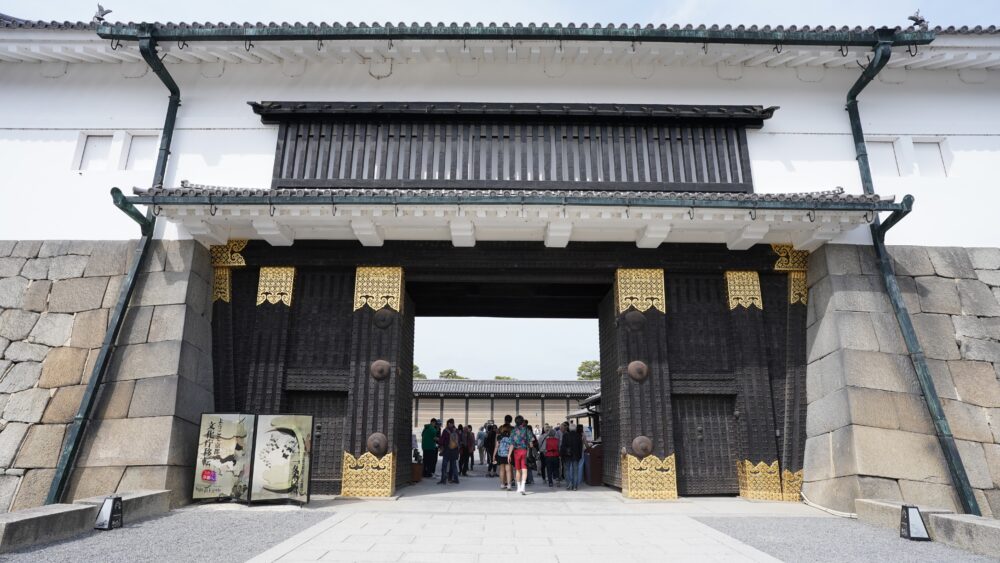
The main gate of Nijo Castle was originally a two-story structure when the castle was built in 1603. However, in 1626, during the Emperor’s visit, it was reconstructed into a single-story gate out of consideration to avoid looking down upon the Emperor from the second floor. It is said that the current gate was restored to a two-story structure around 1662, after the completion of the Emperor’s visit.
Kara-mon gate

The Kara-mon gate is the main gate of the Ninomaru-goten Palace. It features a gabled roof, known as “Kirizuma-zukuri,” where two sloping surfaces descend from the ridge at the top of the roof towards the ground, resembling an open book. The roof is constructed using materials shaped from cypress bark, a technique known as “Hiwadabuki.” Additionally, it is adorned with a type of gable, known as “Karabafu,” which is characterized by its rounded top, located at the front and back of the roof. This building , constructed in 1626, represents the opulence of that era.
Ninomaru-goten Palace
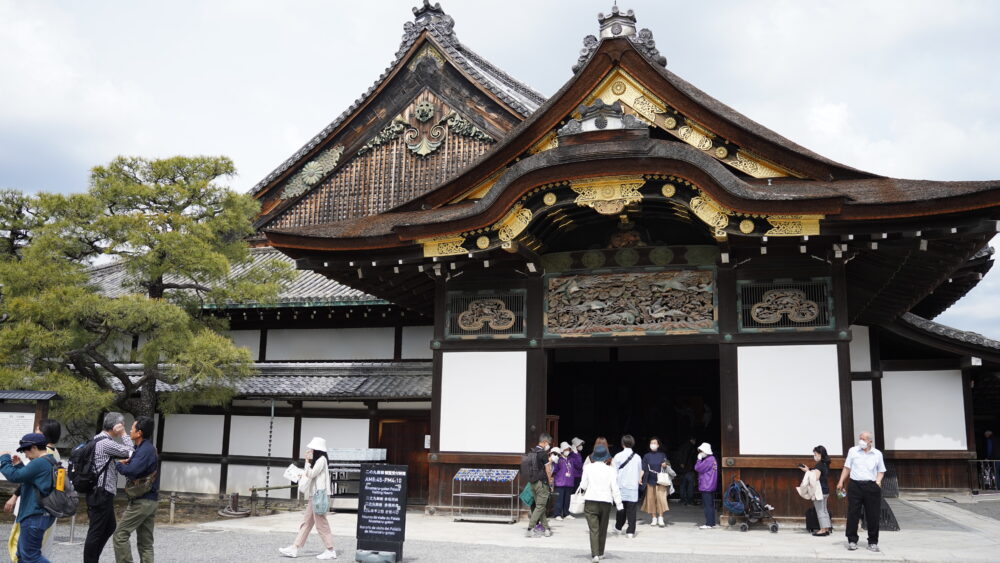
The Ninomaru-goten Palace consists of six interconnected buildings. With 33 rooms and over 800 tatami mats, the interior features sliding doors adorned with paintings such as “Matsu no Taka-zu” (Pine and Hawks), as well as images of tigers, leopards, and flowers representing the four seasons. These artworks were created by the Kanō school, one of the most famous school of Japanese painting.
Ninomaru garden
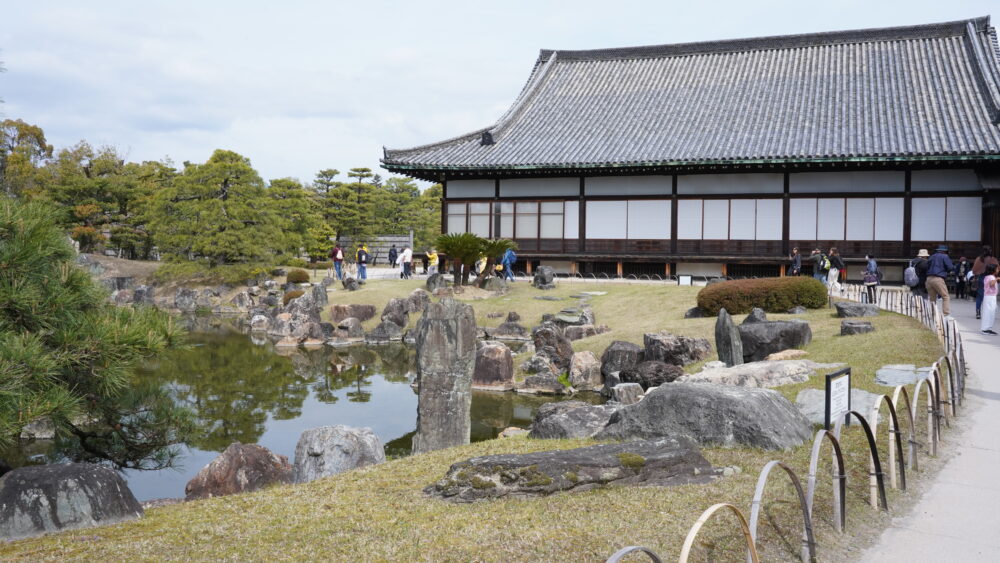
The Ninomaru Garden was created in 1603 alongside the construction of Nijo Castle. Additionally, for the visit of Emperor Go-Mizuno-o in 1626, the southern part of the garden was renovated by Kobori Enshu, who is a renowned Japanese garden designer.
The Ninomaru Garden is a traditional Japanese style garden, adjacent to a “Shoin-zukuri” style building, which was designed for samurai residences. It is a pond garden, featuring a central pond with three islands connected by four bridges. While it is now a strolling garden that visitors can walk around, it was originally designed to be appreciated from within the buildings.
Honmaru-goten Palace
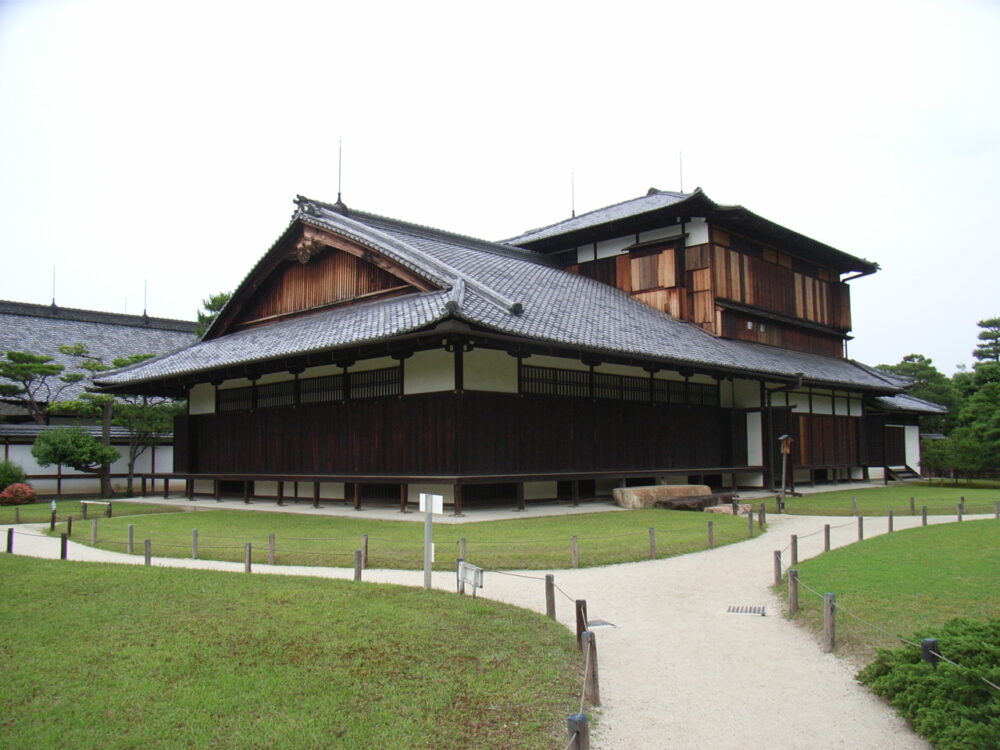
In 1626, for the Emperor’s visit, the third Shogun, Tokugawa Iemitsu, expanded the castle’s area to the west. He also established the Honmaru-goten Palace within this compound, but it was destroyed in the great fire of 1788. It was rebuilt by the 15th Shogun, Tokugawa Yoshinobu, but was again demolished in 1881.
The current Honmaru-goten Palace was the main part of a palace that belonged to the Katsura-ke, one of the four imperial families, which was originally built in the Kyoto Imperial Palace. This main part of the palace was relocated to its current Honmaru-goten’s location in 1894.
Honmaru Garden
The “Honmaru Garden,” adjacent to the Honmaru-goten Palace, features a man-made hill “Tsukiyama” in its southeast corner. It is a Lawn style rock garden, featured by curved paths and spaces filled with lawn grass. Around the 20th century, garden designs ,influenced by Western styles, became prevalent, and the Honmaru Garden is known as one such grassy garden example.
Base of the keep tower
In the southwest corner of the Honmaru Garden, there had once stood a five-tiered, six-story keep that was relocated from Fushimi Castle. However, it was destroyed by a lightning strike in 1750. Today, only its stone base remains. By walking up the stone steps, visitors can overlook the buildings within Nijo Castle.
Seiryu-en
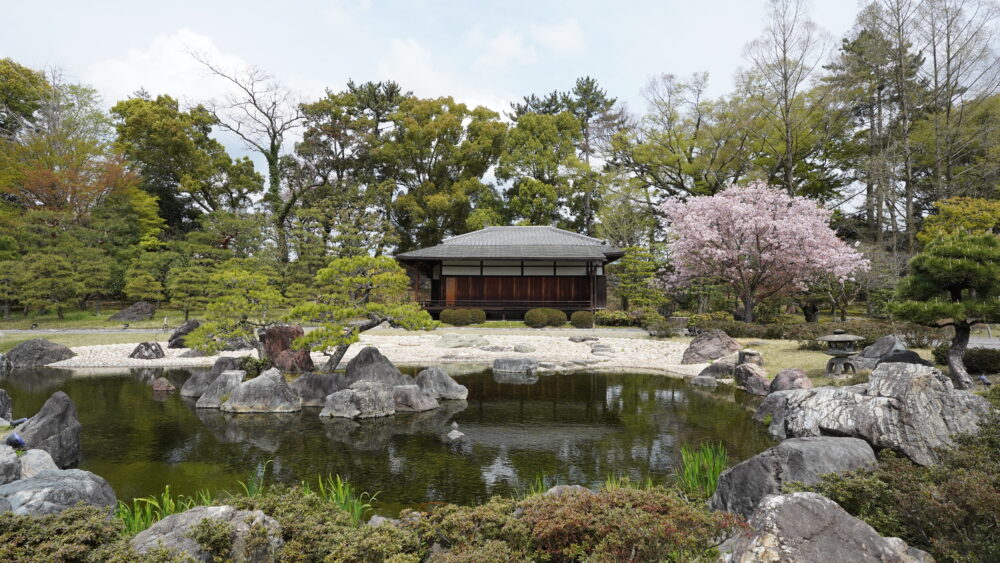
The “Seiryu-en” was created in 1965 using architectural materials, garden stones, and trees acquired from the residence of the Kadokura family, a wealthy merchant family in Kyoto. The garden features different styles in its eastern and western halves: the western half is a Japanese-style pond strolling garden, while the eastern half is a Western-style garden with a grass lawn. Within the garden, there is a tea house called “Waraku-an” where visitors can enjoy Japanese sweets and green tea, as well as “Koun-tei,” a building from the residence.
Sumi-yagura
At the four corners of Nijo Castle’s outer moat, watchtowers were built that also served as armories. Many of these towers were lost in the great fire of 1788, and today only two remain: the Southeast Corner Tower and the Southwest Corner Tower.
Information
Day time
Open Hours
| Place | Time |
|---|---|
| Nijo-jo castle | 8:45a.m. – 5:00p.m.(the reception close at 4:00p.m.) |
| Nijo-jo Castle and Ninomaru-goten Palace | 8:45a.m. – 4:10p.m. |
Regular holiday
・Nijo-jo castle
December 29th to 31st
・Ninomaru-goten Palace
Every Tuesday in January, July, August, and December, January 1st to 3rd, and December 26th to 28th
※When any of the above-mentioned days fall on a public holiday, Ninomaru-goten Palace will be closed the next day instead.
Entrance fee
| Place | Price |
|---|---|
| Nijo-jo castle | Adults : 800yen Junior high school students : 400yen Elementary school students: 300yen |
| Nijo-jo Castle and Ninomaru-goten Palace | Adults : 1,300yen Junior high school students : 400yen Elementary school students : 300yen |
・Night illumination
Open Hours & Holiday
- Dates: Friday, July 25th to Sunday, August 24th, 2025.
- The event is open every day during this period.
- Hours: 6:30 PM to 10:00 PM (Last admission at 9:20 PM).
- This is a special nighttime event, and entry is separate from the regular daytime admission to the castle.
- Weather: The event will proceed in the rain but may be canceled in the case of severe weather.
- Please check the official X (formerly Twitter) account for any cancellation announcements.
Admission Fee & Ticket Purchase
Although you can buy tickets on-site, it is highly recommended that you purchase them online in advance to avoid waiting in line.
- Purchase tickets online:
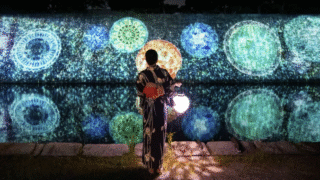
Ticket Types & Prices:
| Ticket Type | Days | Audience | Price |
|---|---|---|---|
| Early Bird (Until July 24) | Monday – Thursday | Junior High & Older | 1,400 JPY |
| Elementary School | 600 JPY | ||
| Friday – Sunday & Holidays | Junior High & Older | 1,800 JPY | |
| Elementary School | 1,000 JPY | ||
| Regular Price (From July 25) | Monday – Thursday | Junior High & Older | 1,800 JPY |
| Elementary School | 1,000 JPY | ||
| Friday – Sunday & Holidays | Junior High & Older | 2,200 JPY | |
| Elementary School | 1,400 JPY |
- Preschool-aged children enter for free.
- Admission is half-price for individuals with a disability certificate and one caregiver.
Camera Use Policy
・Photography using drones, monopods or tripods are prohibited.
・Unauthorized filming of weddings, cosplay, or fashion shoots with models is also prohibited.
Adress
541 Nijojocho, Nakagyo Ward, Kyoto, 604-8301
How to avoid crowds
Nijo Castle is popular among tourists, so the ticket counter (East Gate) and the castle can get crowded. To avoid crowds, it’s a good to plan your visit in advance. Here are some tips:
- Avoid weekends and holidays, and visit on weekdays.
- Since the Nijo-jo castle opens at 8:45am , try to enter by 9:30a.m.
- The evenings are less crowded, especially after 3:00p.m.
- During the high season (early March to mid-April and mid-November to early December), the roads around Nijo-jo Castle can be congested, so it’s better to use trains, ride a bicycle or walk to reach your destination.
- During off season, taxis and buses are also available for transportation.
- The nearest station to Nijo Castle is Nijojo mae eki on the Tozai subway line. The closest bus stop is Nijojo mae.
Link
Official website
Nijo-jo Castle(English)
